Electronics blog
-
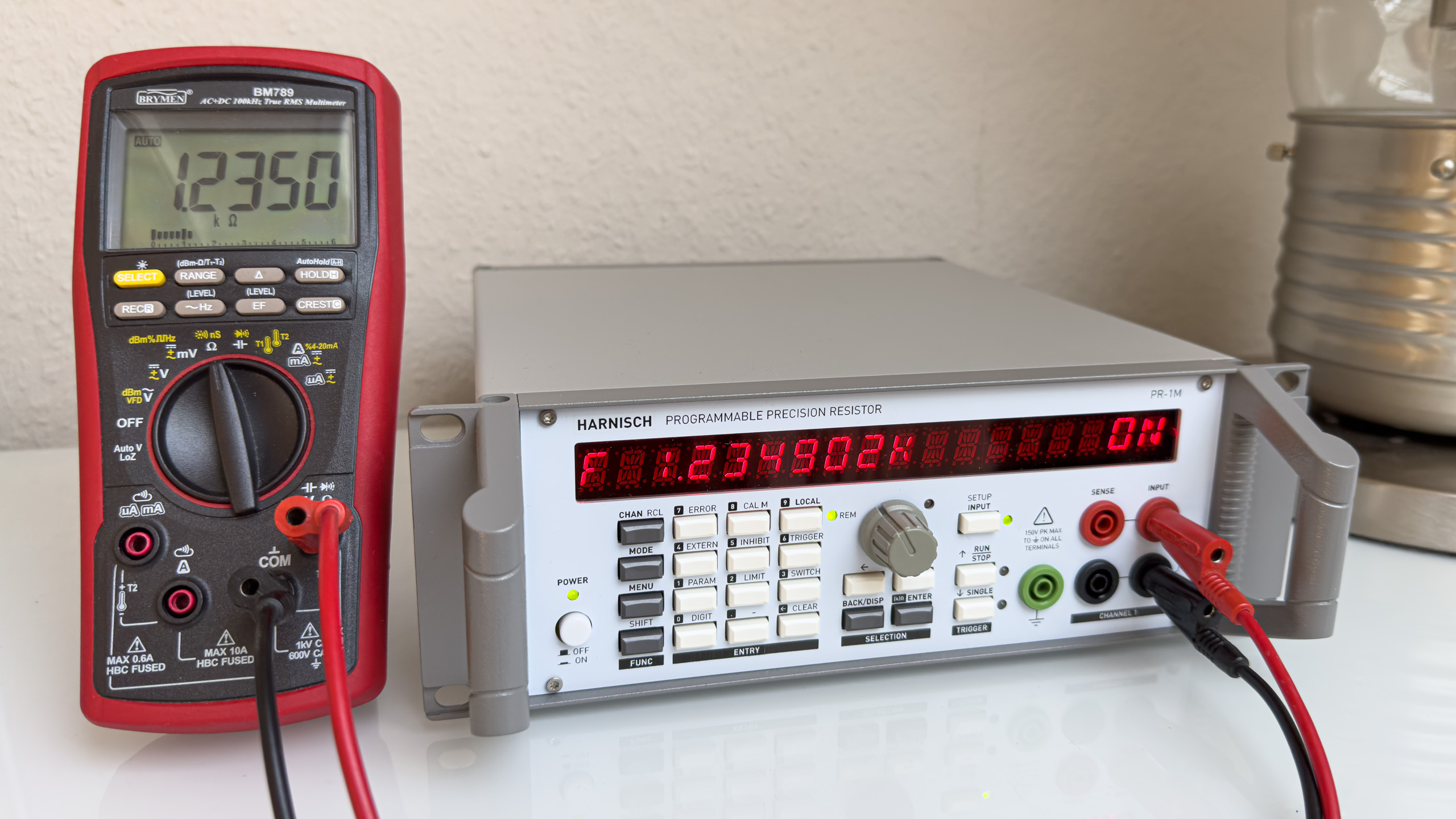
Programmable Decade Resistor: Warm-up curve
Generally, test and measurement equipment needs a certain period of warm-up time to provide low drift. That is also true for the programmable decade. I’m especially interested in the warm-up time with all relays off as well as with many relays on. I chose a value of \(100\text{ k}\Omega\) for the second test. (For simplicity…
-
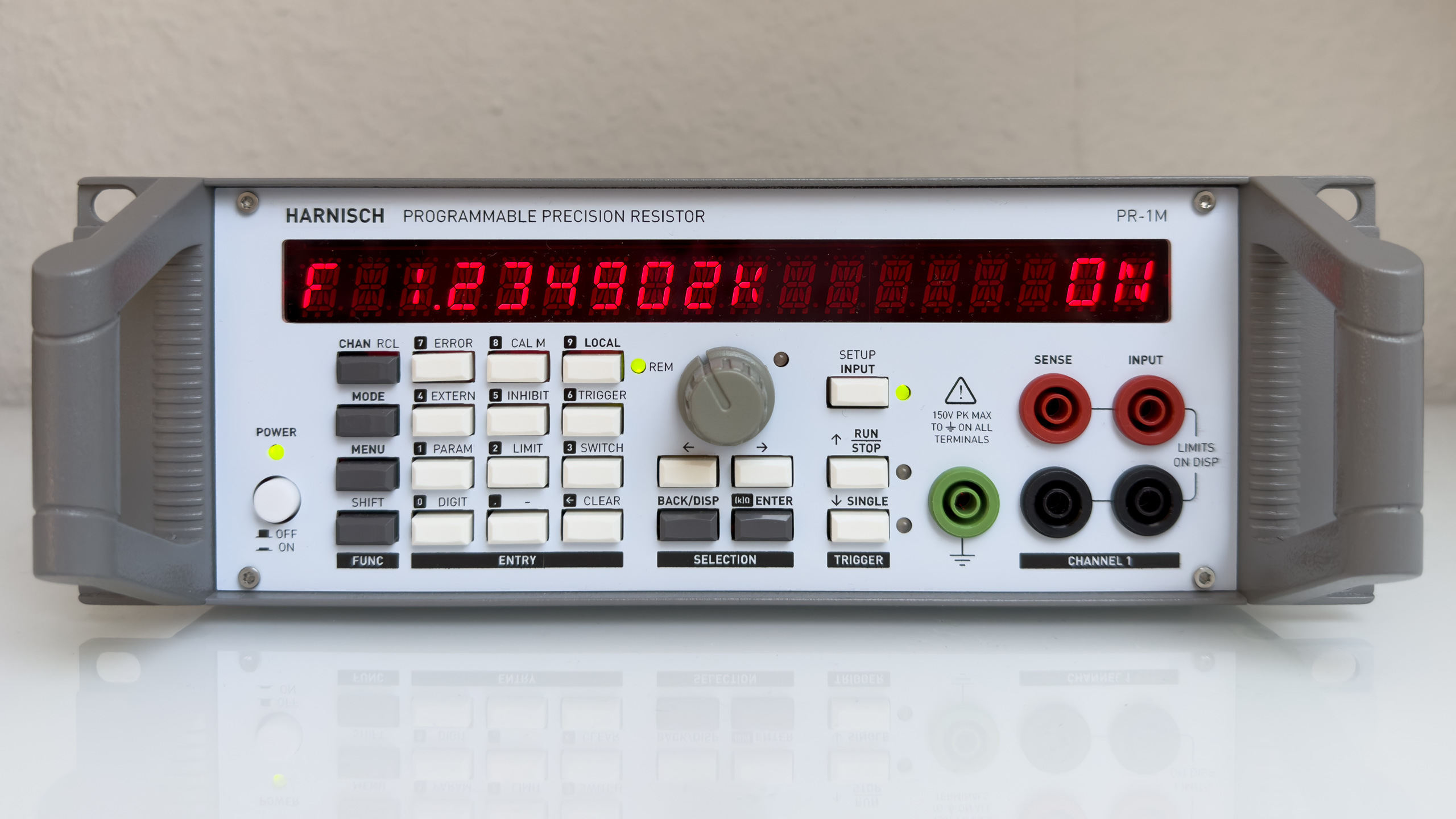
Programmable Decade Resistor: Final Product
In this post I’ll show a few pictures of the programmable decade resistor in its enclosure.
-
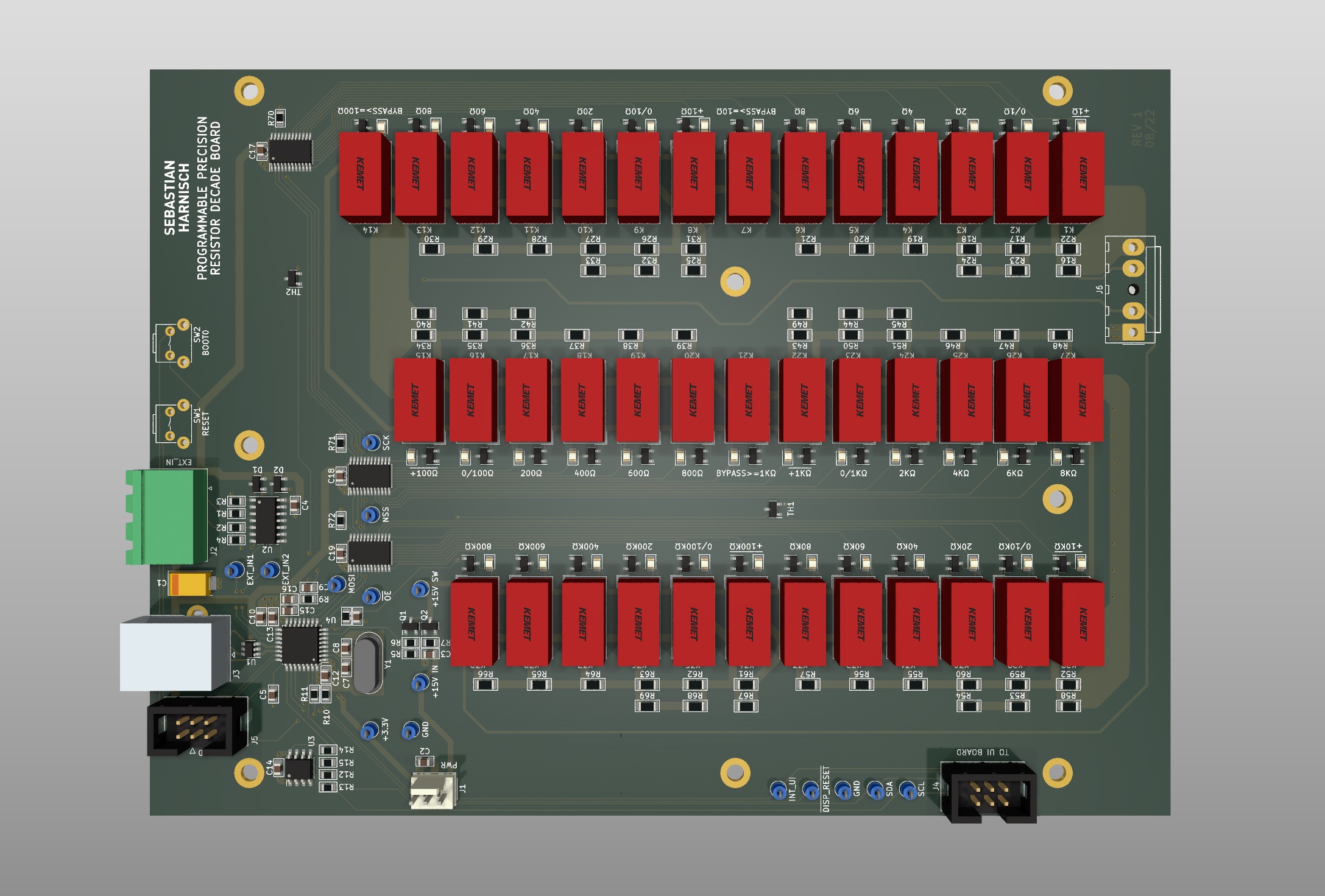
Programmable Decade Resistor: Mainboard
The mainboard features the main controller paired with an EEPROM, the resistor decades (precision resistors, signal relays) including two temperature sensors, relay drivers and signal conditioning for the two external digital inputs. Main controller The main controller is a STM32G441KBT6 microcontroller (170MHz Cortex M4, 128kB Flash, 32kB RAM). The microcontroller features a USB 2.0 device…
-

Breakout box for Agilent 6611B AC Power Source
I got my Agilent 6611B AC power source/analyzer a few weeks back, but hadn’t used it as much as I wanted. The reason was simple: The connections are made with rear mounted screw terminals – hence it was just a bit inconvenient to interface with products and circuits. The solution was really simple: A Hammond…
-
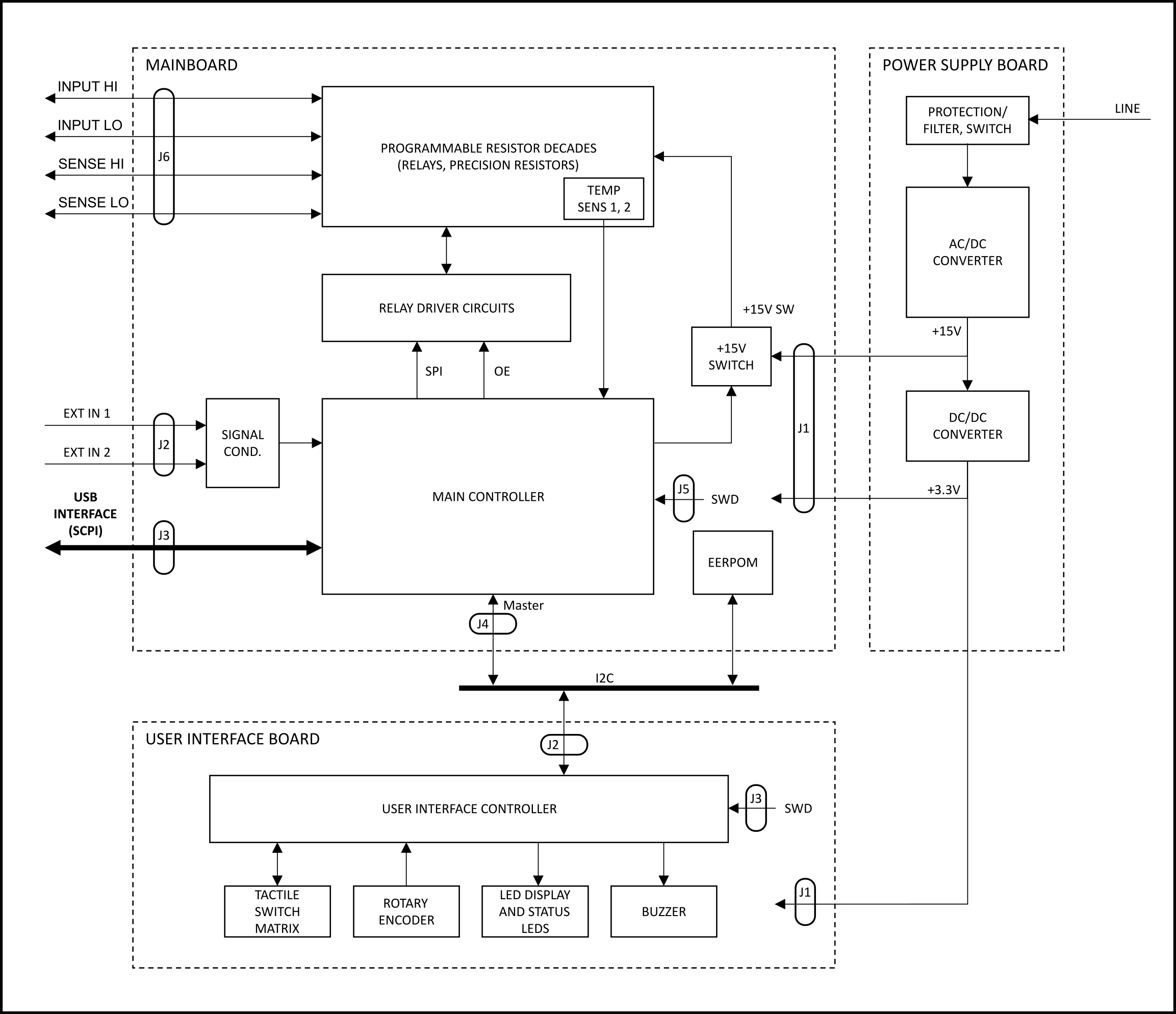
Programmable Decade Resistor: System Design
The block diagram provides an overview of the different circuit groups of each functional block, their internal connections and external interfaces. The Programmable Decade Resistor consists of three main functional blocks: The power supply board uses an off-the-shelve AC/DC converter to provide a +15V rail. The +15V rail powers the relays on the mainboard as…
-

Programmable Decade Resistor: Switching (3)
Now that we have a calibrated programmable resistance decade, we can try to make the programmable decade resistor more accuracte – for higher resistance values. Actually, the idea behind that is trivial. I’d like to start with an example in which we set a resistance value of \(R_{set} = 100.000\text{ k}\Omega\). (Let’s not worry about…
-
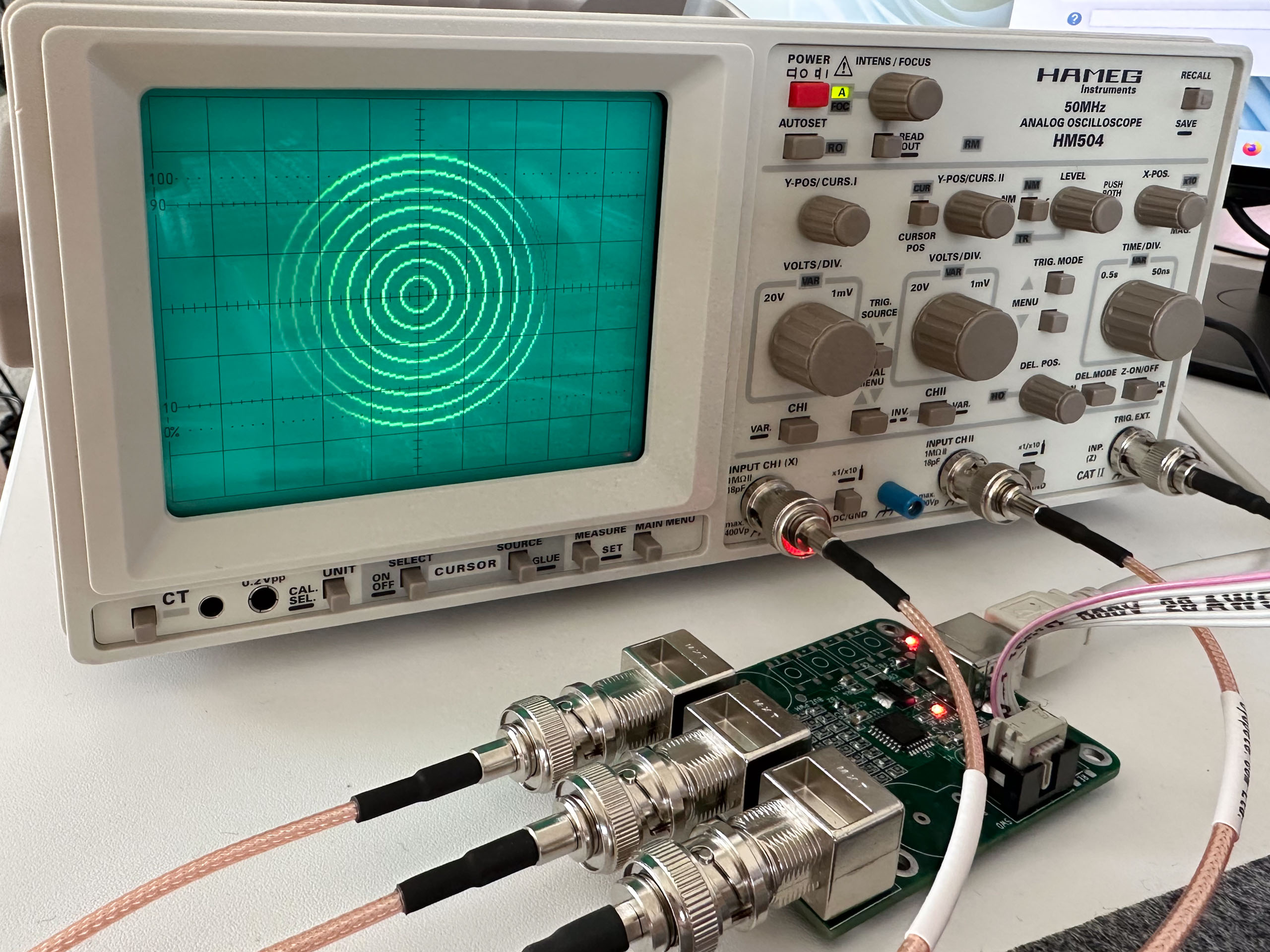
Displaying graphics and text on an oscilloscope screen
While playing with an old Hameg HM504 and the Tektronix 465B oscilloscope that I repaired recently, I thought that I should do yet another mandatory tinker project: Using a microcontroller to write text on an oscilloscope screen via the XYZ-mode. And so I designed a small USB powered board around the STM32G441KBT6 which seems to…
-

Programmable Decade Resistor: Switching (2)
In the last post we had a look at the short circuit performance of a decade. This time I want to address the question whether we can make the resistor decade more accurate, despite the fact that the design doesn’t feature any mechanism (e. g. potentiometer) to adjust resistance values. The short answer: Yes, partially.…
-
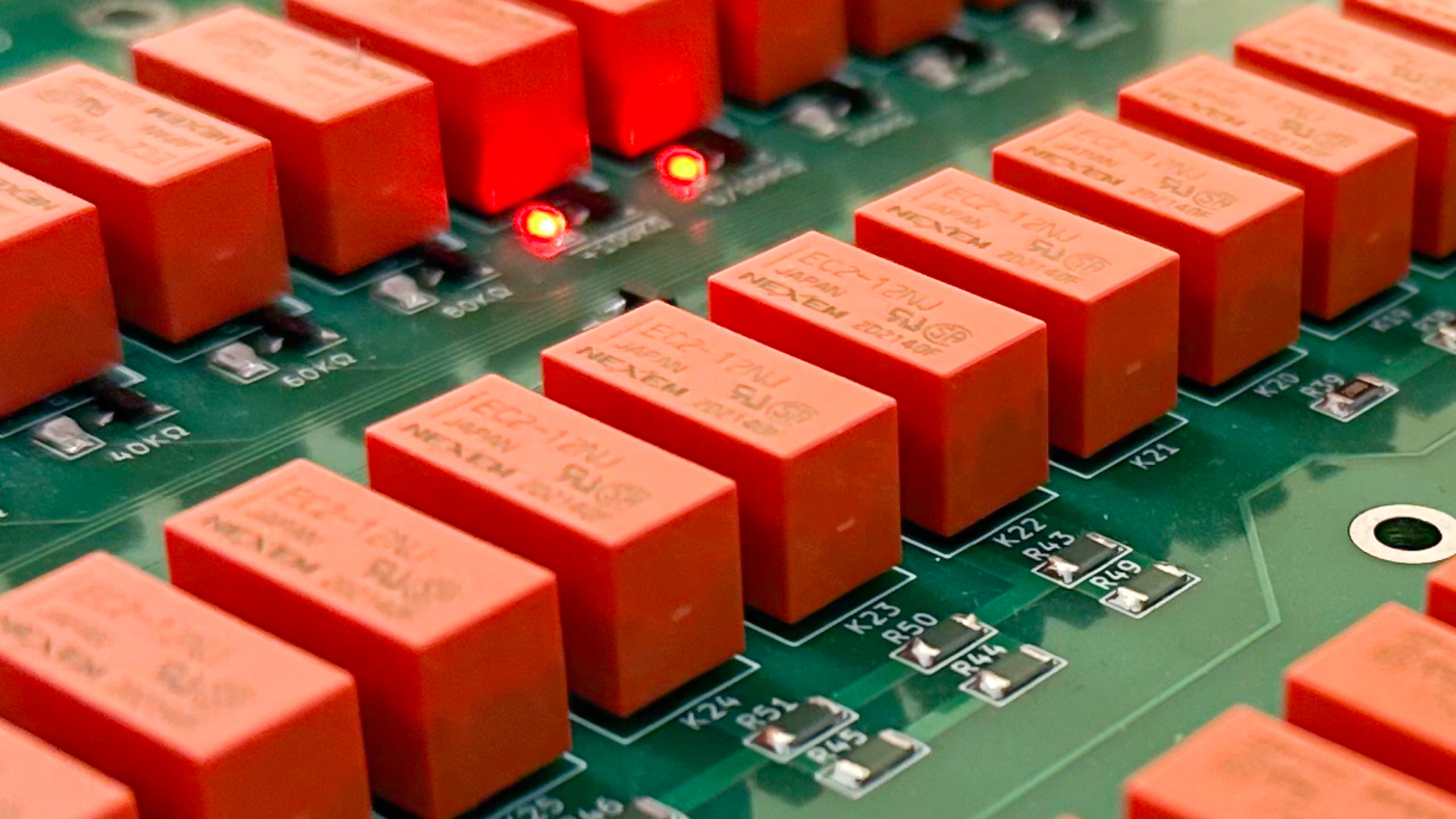
Programmable Decade Resistor: Switching (1)
In the previous posts we discussed the topology selection as well as the power handling capabilities of the decade resistor. Now it’s time to have a look at different aspects of switching. Today it’s all about the effect of the contact resistance of the relays, which impacts the performance of the decade resistor, not only,…